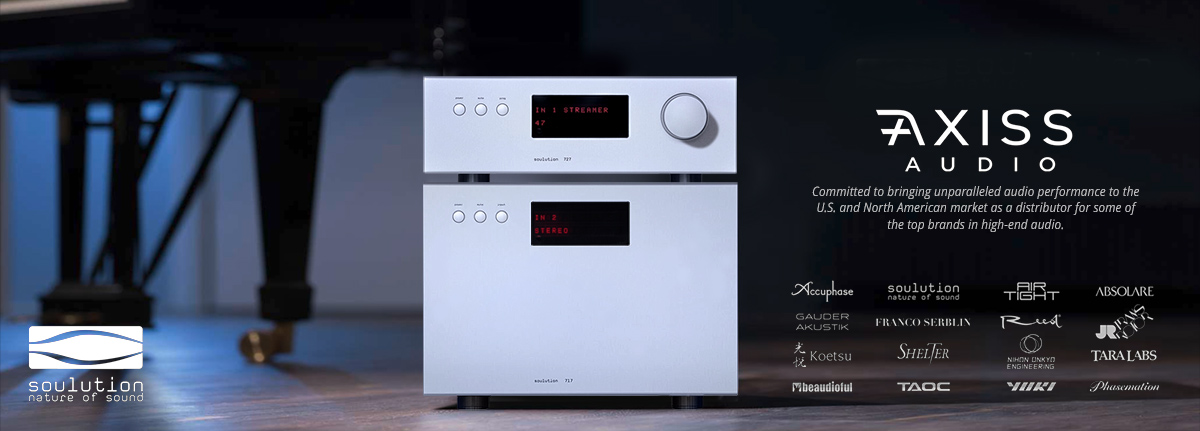KeithR said:
10% distortion at 32 watts is never gonna sound good...entire point of SET is using it at low power levels with declining distortion pattern unlike other topologies
If it is mostly low order harmonics and the SPL is 112db then it might not even be audible...at worst it will probably start to sound somewhat compressed because likely the amp doesn't actually hard clip at that power.
morricab is correct. Sorry Keith, but the reality is that so long as the distortion isn't higher order or a hard awful clipping, you could hear 10% all day and never notice. To detect 10% it has to be above 500hz and a distortion pattern that is offendable. Because it takes almost no power at all to drive above 500hz, you won't be getting distortion in the 500-20khz range very often; even on a stereo that could be giving you lots of potentially higher order distortion in the bass region.
It all sounds weird because we quibble over things that have distortion that is 0.1%-0.0001% all day long. But low distortion figures are coincidental to good sound, more than causational. Essentially what it takes to achieve lower distortion is typically a benefit to sound - when done right. It should help phase, which we are very sensitive to. But there are many devices out there that hurt high frequency phase, but may improve distortion in general. There are many ways not to do it, too.
Brad, I've owned a half dozen SETs and had another half dozen in my system.
spraying loads of 2nd harmonic at high powers may be pleasing to you, but its not right and certainly not SOTA. I encourage you to borrow a First Watt and hear just when your systems start distorting- I'm pretty sure it will surprise you. On my 101db speakers, the 10 watt SIT2 didn't last 93dbs in my largish room.
my own 92db speakers with a very flat 8 ohms are getting 15 watt RMS peaks easily from my Ref75SE and have hit 30dbs on very high dynamic stuff (ie. Sheffield) at higher volume levels. So when I hear you saying SETs on Thiels is cool, I beg to disagree. Also, I've recently heard Maggie 3.7s and run a consistent 60 watts per channel on McIntosh 601s whereas you have suggested folks run SETs on them too. I honestly don't get it.
Anyways, that's all I'm going to say on Mike's thread - because honestly I'm more interested in reading his thoughts in his listening room vs. someone's predilections from half way across the world.
Nice way to try to snip off a rebuttal.. All I can say is that there was something wrong with your SIT if with a 101db speaker you couldn't get more than 93db at the listening position. I have a friend with 91db Thiels and when he had McIntosh MC501s he almost never went above 50 watts on those big blue meters...and he likes to listen very loud by my standards. I get those levels easily from my 93db Rigolettos and my 20 watt JJ-322 300B SET.
PvW makes it clear also that transistor amps don't seem to be able to swing this extra voltage on sudden transients, which then means a 10 watt SIT will run out of steam long before a 10 watt SET.
Audibility of 2nd harmonic is poor to begin with and gets poorer as the SPLs go up. 10% could very well be inaudible at over 100db.
Gentleman, and morricab:
You need to note that what the meter says isn't the amount of wattage that is turned into pure acoustical noise. While the meter are very nice indicators, they are not fully exploitative inclusion into how many decibels are created. They are literally just how much power the amplifier is using. Because the amplifier is part of a complex impedance that goes back to your substation and then all the way to your speaker drivers, the way each amplifier's power is used will vary.
Different amplifiers will respond differently depending on the type of noise coming from the AC and also the type of power conditioner/transformer they are plugged into. From there different amplifiers have their own current sinks in design as well, where they may be spending a fair bit of power to overcome themselves. And upon that different amplifiers respond differently to the reactive loads presented in speakers such as the capacitors in crossovers, the inductors in crossovers, the impedance of the drivers, the inductance of drivers, and even the style of wiring. Then consider there is a relationship all the way say, from the inductance of the speaker driver back to the substation...
The point being just because one amp shows you 15w, does not mean that it's the same decibels as another amps 15w. It could be, but it doesn't mean that it is. Sometimes you're just witness to the vast differences in design, and how they play out.
This doesn't include the differences in clipping and such, which is a whole other ball game that presents different abilities of listen-ability of volume... Anyways, there are lots of reasons why we aren't comparing apples to apples, per se, with all this talk about power. So I suggest that you merely keep note, not dictate "truth" out of it, for the subjects at hand.
















